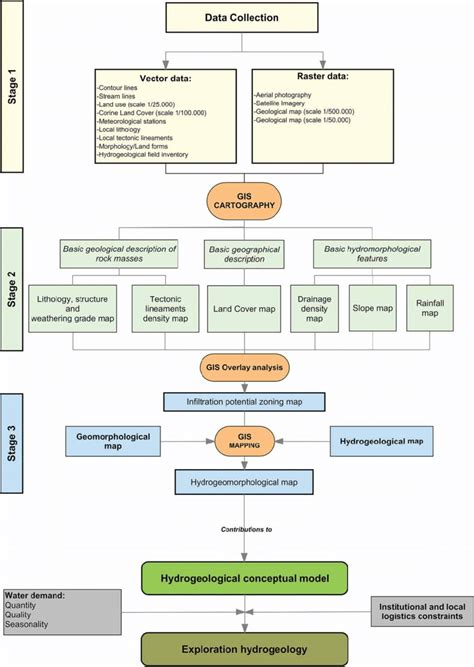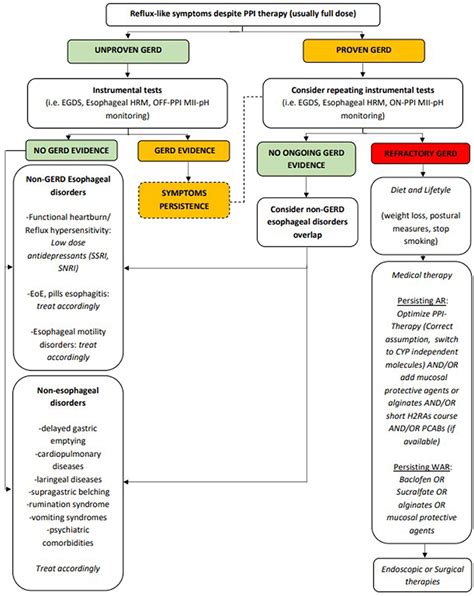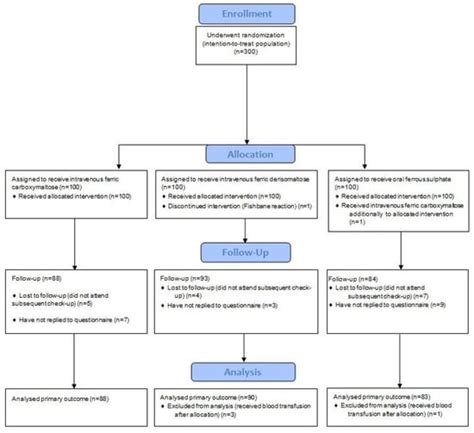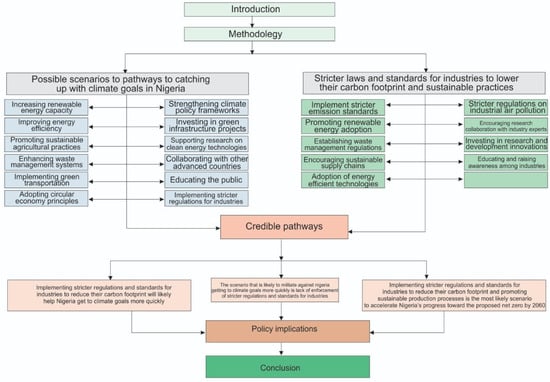The Sustainable Development Goals (SDGs) represent a global commitment to address pressing environmental and societal challenges. Among these, SDG 13, focused on Climate Action, is pivotal in tackling climate change and promoting sustainable development. This article explores how the SDGs serve as a blueprint for reducing greenhouse gas emissions, advancing renewable energy solutions, and fostering climate resilience. By examining strategies like sustainable urban development, global partnerships, and robust monitoring mechanisms, we delve into the essential actions needed to combat the climate crisis. Together, these efforts contribute to a healthier planet and a sustainable future for all.
Join gameslino.com for a detailed examination of this topic.
1. Introduction to SDGs and Climate Change
The Sustainable Development Goals (SDGs), adopted by all United Nations Member States in 2015, serve as a universal call to action. These goals aim to end poverty, protect the planet, and ensure prosperity for all by 2030. Among the 17 SDGs, several directly address environmental sustainability, with SDG 13—Climate Action—emerging as a crucial priority. Climate change, driven by human activities including deforestation, fossil fuel combustion, and industrial processes, poses severe threats to ecosystems, economies, and communities globally.
The Sustainable Development Goals (SDGs) offer a comprehensive framework for addressing climate change, emphasizing the crucial role of global collaboration and innovative solutions. These goals encourage nations to implement policies that reduce carbon emissions, invest in renewable energy sources, and promote sustainable development practices. By aligning economic growth with environmental stewardship, the SDGs seek to mitigate the adverse effects of climate change and build resilience to its impacts. Recognizing the interconnectedness of sustainable development and climate action is paramount in creating a future where economic prosperity and environmental health coexist harmoniously.

2. SDG 13: Climate Action
SDG 13, Climate Action, is a pivotal component of the Sustainable Development Goals, underscoring the urgent need to combat climate change and its devastating impacts. As global temperatures rise, weather patterns become more unpredictable, leading to severe consequences such as intensified storms, prolonged droughts, and rising sea levels. SDG 13 aims to mobilize global efforts to mitigate these effects by reducing greenhouse gas emissions, enhancing climate resilience, and integrating climate policies into national strategies.
Countries are encouraged to adopt climate-related financial and planning measures, invest in renewable energy, and promote sustainable land use practices. SDG 13 also emphasizes the importance of education and awareness, empowering individuals and communities to make informed decisions that contribute to a sustainable future. By fostering global cooperation, the goal seeks to strengthen resilience in vulnerable regions, particularly in developing countries that are disproportionately affected by climate change.
Achieving SDG 13 requires a collective commitment from governments, businesses, and individuals to implement effective climate action strategies. This includes transitioning to low-carbon economies, protecting natural ecosystems, and developing technologies that reduce environmental impact. Through concerted efforts, SDG 13 aims to ensure a sustainable and climate-resilient future for all.

3. Renewable Energy Solutions
Renewable energy solutions are paramount to achieving Sustainable Development Goal 13 and mitigating the impacts of climate change. With global energy demand on the rise, transitioning from fossil fuels to renewable sources is crucial for curbing greenhouse gas emissions and fostering sustainable development. Renewable energy technologies, such as solar, wind, hydro, and geothermal, provide a cleaner, more sustainable alternative to traditional energy sources, contributing to a reduction in reliance on carbon-intensive fuels.
Solar and wind energy have undergone significant advancements and cost reductions, making them increasingly accessible and scalable. These technologies leverage abundant and renewable natural resources, ensuring a reliable energy supply without depleting finite resources or damaging the environment. Beyond reducing emissions, renewable energy enhances energy security, diversifies energy sources, and creates green jobs, fostering economic growth while safeguarding the planet.
Investing in renewable energy infrastructure is essential for meeting global energy demands in a sustainable manner. Governments and businesses are increasingly acknowledging the economic and environmental advantages of renewable energy sources, which is driving greater adoption and innovation within the sector. Prioritizing renewable energy solutions enables us to make substantial progress towards achieving climate targets, decreasing our carbon footprint, and securing a cleaner, more sustainable future for generations to come.

4. Reducing Greenhouse Gas Emissions
Combating climate change necessitates a concerted effort to reduce greenhouse gas emissions, a crucial objective of Sustainable Development Goal 13. Greenhouse gases, including carbon dioxide (CO₂), methane (CH₄), and nitrous oxide (N₂O), act as heat-trapping agents in the Earth’s atmosphere, driving global warming and its associated consequences. To mitigate these detrimental effects, it is imperative to implement measures aimed at decreasing emissions across all sectors, encompassing energy, transportation, industry, and agriculture.
Switching to renewable energy sources is a crucial step in reducing emissions. By substituting fossil fuels with solar, wind, and other clean energy technologies, we can dramatically decrease the amount of CO₂ released into the atmosphere. Furthermore, boosting energy efficiency in buildings, vehicles, and industrial processes can further diminish emissions, simultaneously lowering energy consumption and expenses.
Reforestation and afforestation efforts also play a vital role in carbon sequestration, capturing CO₂ from the atmosphere and storing it in trees and soil. Encouraging sustainable agricultural practices and reducing food waste can minimize methane emissions, a potent greenhouse gas.
To achieve meaningful reductions, international cooperation, government policies, and corporate responsibility are essential. By committing to emission reduction targets and implementing sustainable practices, we can slow the pace of climate change and protect the environment for future generations.
5. Sustainable Urban Development
Sustainable urban development is a cornerstone of climate action, addressing the environmental challenges posed by rapid urbanization. As cities grow, they contribute significantly to greenhouse gas emissions, resource consumption, and environmental degradation. To counter these impacts, sustainable urban development focuses on creating cities that are environmentally friendly, economically viable, and socially inclusive.
One key approach is the development of green infrastructure, which integrates natural elements like parks, green roofs, and urban forests into city planning. These features help reduce the urban heat island effect, improve air quality, and enhance biodiversity. Sustainable urban development also emphasizes the importance of energy-efficient buildings and public transportation systems. By reducing reliance on private vehicles and promoting mass transit, cycling, and walking, cities can decrease carbon emissions and improve residents’ quality of life.
Additionally, smart city technologies play a crucial role in optimizing resource use and reducing waste. Through innovations like smart grids, waste-to-energy systems, and water recycling, cities can become more resilient and less resource-intensive.
By adopting sustainable practices, cities can not only reduce their environmental footprint but also create healthier, more livable communities. Sustainable urban development is essential for achieving climate goals and ensuring that urban growth supports both people and the planet.
6. Climate Resilience and Adaptation
Climate resilience and adaptation are crucial in preparing for and responding to the impacts of climate change. As extreme weather events, rising sea levels, and shifting climate patterns become more common, communities must build resilience to safeguard their livelihoods, infrastructure, and ecosystems. Climate adaptation involves adjusting practices, processes, and policies to minimize the risks associated with climate change.
Developing climate-resilient infrastructure is a key component of this strategy. This includes designing buildings, roads, and bridges that can withstand extreme weather and integrating flood defenses into urban planning. Enhancing natural ecosystems, such as wetlands and mangroves, can also provide critical buffers against climate impacts.
Community-based adaptation efforts, which involve local populations in planning and decision-making, are essential for addressing the specific needs of vulnerable regions. Education and awareness programs further empower communities to take proactive measures.
By focusing on both resilience and adaptation, we can reduce the vulnerability of societies to climate-related risks, ensuring that they are better equipped to face future challenges and protect their well-being.
7. Global Partnerships and Collaboration
Global partnerships and collaboration are essential for tackling climate change and advancing sustainable development. Climate change is a multifaceted and complex issue that extends beyond national borders, necessitating coordinated efforts from governments, businesses, and civil society. Through international cooperation, we can harness a wider range of expertise, resources, and technologies to address climate challenges more effectively.
Global partnerships are crucial drivers of collective action, as demonstrated by multilateral agreements like the Paris Agreement. These agreements set ambitious goals for reducing greenhouse gas emissions and promote the sharing of best practices and technological advancements. In parallel, international organizations and forums, such as the United Nations Framework Convention on Climate Change (UNFCCC), facilitate crucial dialogue and collaboration among nations.
The private sector plays a vital role in achieving sustainability goals. Businesses can make significant contributions by implementing sustainable practices, investing in green technologies, and participating in corporate social responsibility initiatives. Through collaborative efforts with governments, businesses can foster innovation and accelerate the adoption of renewable energy solutions.
Additionally, grassroots organizations and local communities play a vital role in global climate action by implementing on-the-ground solutions and advocating for policy changes. By building strong partnerships and fostering inclusive collaboration, we can enhance our collective ability to address climate change and achieve the Sustainable Development Goals.
8. Monitoring and Accountability
Monitoring and accountability are essential for ensuring the effectiveness of climate action strategies and achieving the Sustainable Development Goals. To track progress, robust systems must be in place to measure emissions reductions, assess the impact of policies, and evaluate the implementation of climate adaptation measures. Regular reporting and transparent data collection enable stakeholders to gauge performance and make informed decisions.
International frameworks, such as the Paris Agreement, require countries to submit periodic reports on their climate commitments and progress. These reports are reviewed to ensure compliance and to identify areas for improvement. Additionally, independent assessments and audits can provide objective evaluations of climate initiatives.
Accountability mechanisms help hold governments, businesses, and organizations responsible for their climate actions. By setting clear targets, establishing performance indicators, and enforcing regulations, we can ensure that efforts are aligned with global climate objectives. Effective monitoring and accountability are crucial for maintaining momentum, driving continuous improvement, and achieving long-term climate goals.
9. Conclusion and Call to Action
In conclusion, addressing climate change and advancing sustainable development through the Sustainable Development Goals (SDGs) is imperative for securing a healthier and more equitable future. SDG 13, focused on climate action, highlights the urgent need to mitigate greenhouse gas emissions, invest in renewable energy solutions, and implement sustainable practices across all sectors.
By integrating strategies for reducing emissions, promoting renewable energy, and fostering sustainable urban development, we can make significant strides in combating climate change. Building climate resilience and adapting to its impacts are crucial for protecting vulnerable communities and ensuring long-term sustainability. Global partnerships and collaboration further enhance our ability to tackle climate challenges, while effective monitoring and accountability ensure that progress is tracked and goals are met.
As individuals, businesses, and governments, we all have a role to play in this collective effort. It is essential to commit to actionable steps, support climate-friendly policies, and engage in collaborative initiatives. By working together and taking decisive action, we can drive meaningful change and create a sustainable future for all. The time to act is now—embrace the challenge, make informed choices, and contribute to a global movement towards climate resilience and sustainability.
gameslino.com

